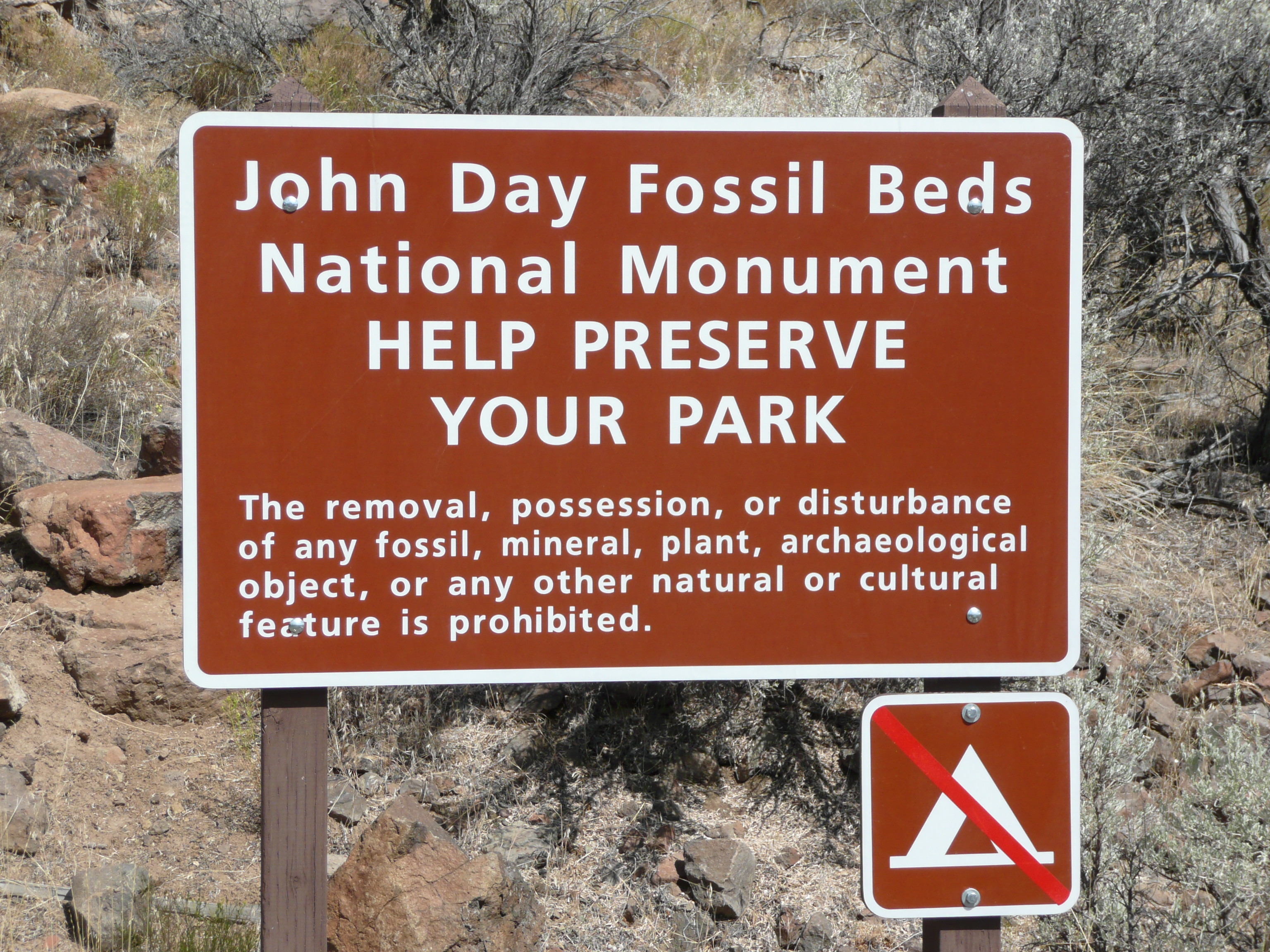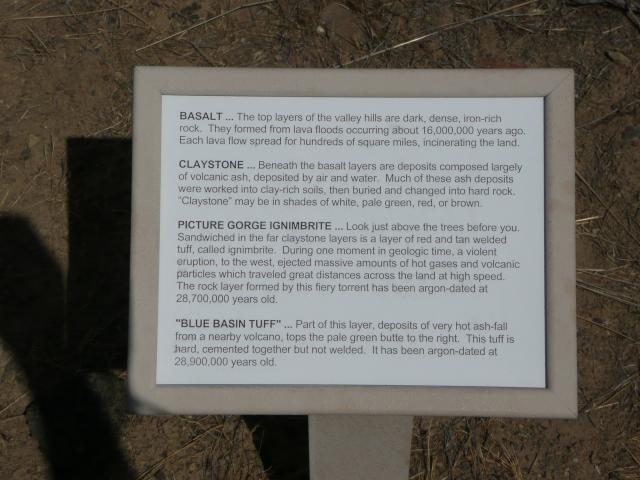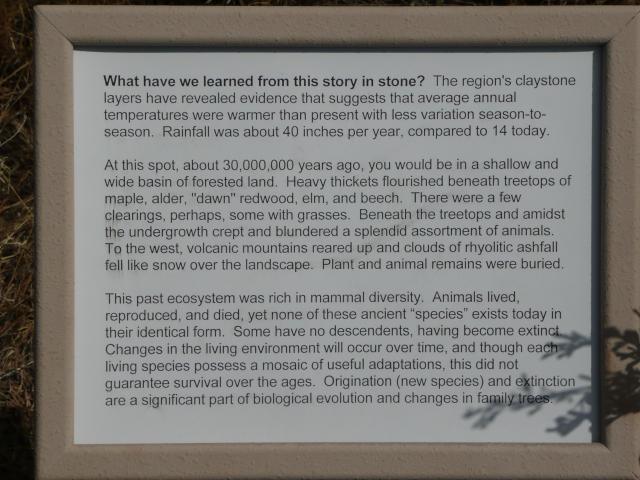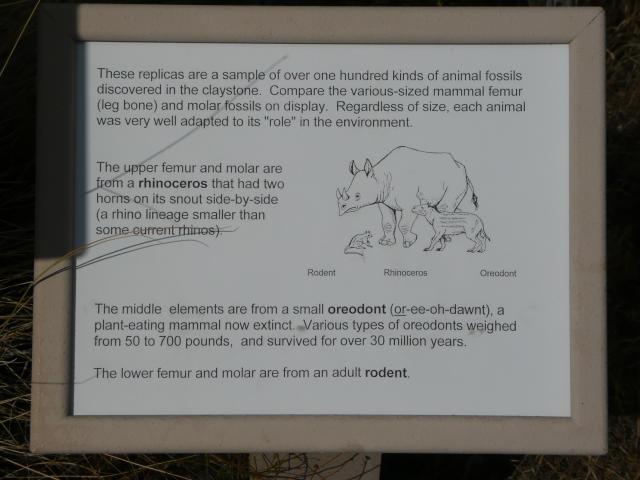John Day Fossil Beds
We took a trip to the John Day Fossil Beds in Central Oregon on our way up to Kimberly. Some of the geography was incredible.

We saw a lot of interesting geology while we were there.


But it wasn't just Geology (and the rocks).
The rock types we learned about include:
- Basalt - The top layers of the valley hills are dark, dense, iron-rich rock. They formed from lava floods occurring about 16,000,000 years ago. Each lava flow spread for hundreds of square miles, incinerating the land.
- Claystone - Beneath the basalt layers are deposits composed largely of volcanic ash, deposited by air and water. Much of these ash deposits were worked into clay-rich soils, then buried and changed into hard rock. "Claystone" may be in shades of white, pale green, red, or brown.
- Pigture Gorge Ignimbrite - Look just above the trees before you. Sandwiched in the far claystone layer is a layer of red and tan welded tuff, called ignimbrite. During one moment in geologic time, a violent eruption, to the west, ejected massive amounts of hot gasses and volcanic particles which traveled great distances across the land at high speed. The rock layer formed by this fiery torrent has been argon-dated at 28,700,000 years old.
- Blue Basin Tuff - Part of this layer, deposits of very hot ash-fall from a nearby volcano, tops the pale green butte to the right (unfortunately, I don't have a photo of this). This tuff is hard, cemented together but not welded. It has been argon-dated at 28,900,000 years old.


The below information about the rocks we've been looking at in the area was plentiful at the site. There was also a lot of information about the animas (including some bones) that lived in the area.
We also had the opportunity to learn about the Fossils that are there.
And with each passing day, they discover more and more (both here and in other locations around the world) about the historical significance of the fossils and what we've done to our planet.